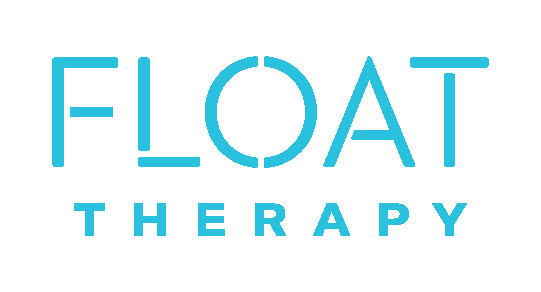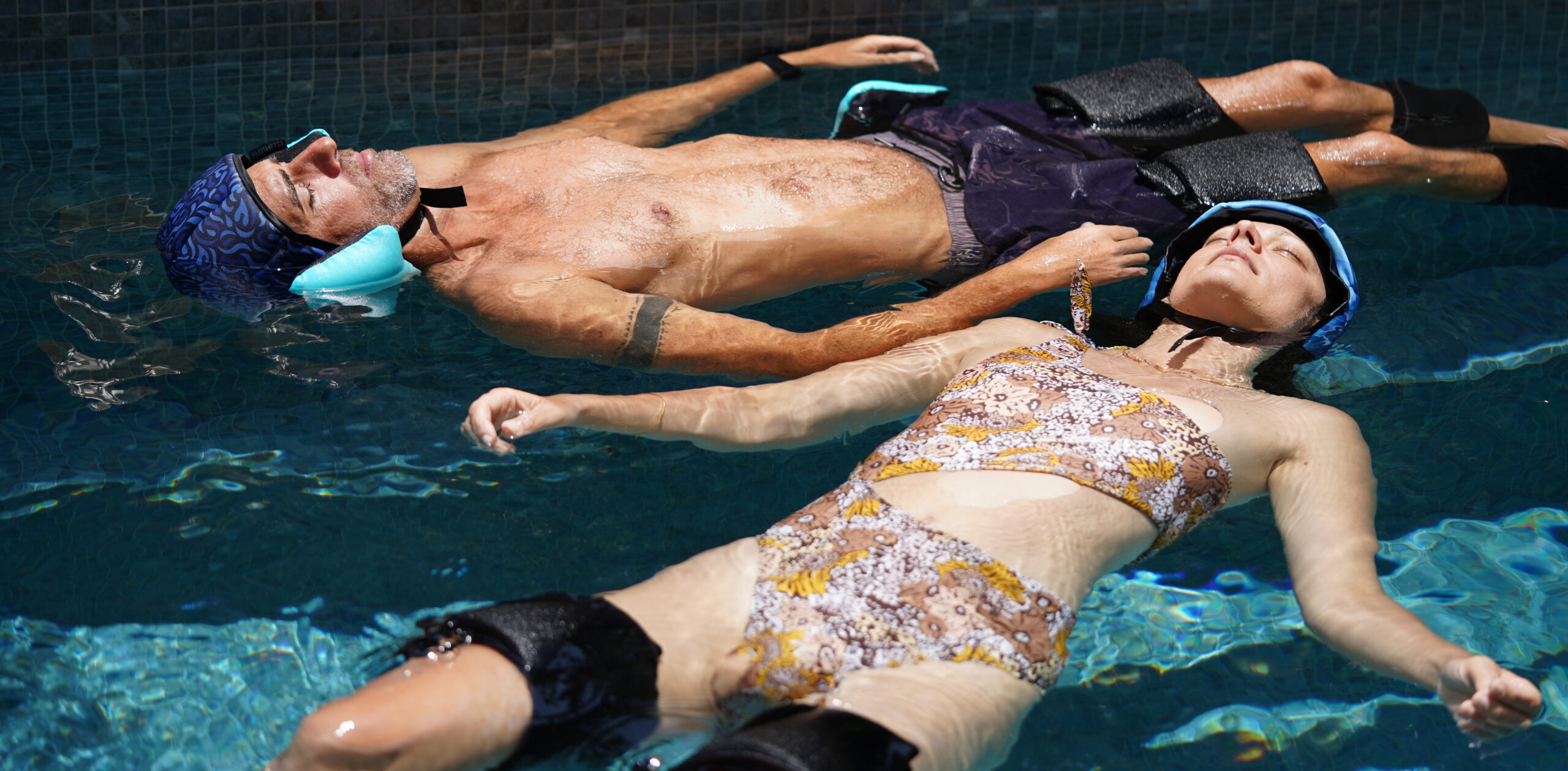Level 2
4 Days module of intensive learning
- A total of 40 academic hours.
- Meeting the water element properties and its healing space.
- “Hands-on work”, refining the aquatic bodywork toolbox acquired in level 1 by deepening the practice.
- Flothetta workshop: learning to understand and use the accessories line as support.
- Body alignment in water.
- Float Therapy Class: setup and structure.
- The benefits of floating.
- Meeting different groups with different needs.
- Health contraindications.
- The 7 Principles.
- Code of ethics.
- Offering a Float Therapy ‘class’ of a small group of two, one practitioner and two participants (1:2).
- Offering “Samflot”, “floating together”, one practitioner and two participants (1:2).
* Certificate on completion. class assessment. Filling a log book. *Progress to the next level by completing supervision tasks that meet the required level of aquatic bodywork performance in water.
FAQ
Why should I take part in Level 2?
If you find yourself in love with the water healing space and its unique properties, observing the positive and direct impact on participants, and feel that you would like to dive deeper and expand your aquatic bodywork toolbox, Level 2 is for you.
What is the difference between level 1 and level 2?
Level 1 involves experiencing the water for the first time as a “giver,” providing a foundation to act and perform in water based on the “listening hands” approach, using the intuitive quality of touch. In Level 2, we advance to “hands-on work,” taking the intuitive and holistic quality of touch to the next level. This includes deepening and tuning in with the Float Therapy ‘class’ concept, adding movements to the work sequence, and expanding the practice to small groups of two—such as a couple or pair.
What is the difference between practitioner and facilitator?
Level 1 of the Float Therapy training focuses on the foundations — the basic principles of working in water. It is open to both those with no prior experience in bodywork and those who already have experience.
In Level 2, the practitioner’s familiarity with the therapeutic approach deepens, with more information, detail, and hands-on practice introduced. This is why Level 2 is referred to as the Practitioner Level.
Our therapeutic vision is rooted in working with groups in water.
Thus, Level 3 addresses the “treatment framework”:
how to understand what a group is, how to approach it, what preparation is needed before the session, and how to navigate the session itself — all while leading group work in water as an aquatic bodyworker. Upon completing Level 3, the practitioner becomes a facilitator.
At which point of the training will I be able to start giving and charging for professional sessions? Only after the 3 modules?
Level 1
At this stage, students are encouraged to offer introductory, experiential water sessions to friends, acquaintances, or family members, free of charge, to begin integrating what they’ve learned.
Level 2
Upon completing Level 2, students acquire a solid foundation of therapeutic tools and are ready to offer one-on-one or pair sessions in water.
This level includes two structured treatment protocols, each lasting up to 50 minutes. To gain confidence and further practical experience, students are required to complete a logbook. To keep the practice accessible and affordable, it is common at this stage for students to charge only the pool or facility rental fee, offering the treatment itself as part of their practice development.
Students with prior training in bodywork, anatomy/physiology, or aquatic techniques may begin charging a higher session fee, beyond basic costs, depending on their own personal ethics and readiness.
Level 3
After completing the third and final level, practitioners are considered fully trained facilitators. At this stage, they are encouraged to charge full session rates, in accordance with:
-
Local market norms (by country, region, or town)
-
Facility and pool rental costs
-
The nature of the service provided: whether an individual treatment, a session for a couple, or a small or large group session.
How long does it take before I can signin to level 3?
Like in any other field of life practice is essential. It integrates the knowledge gained in previous training and establishes a stronger foundation for entering Level 3, paving the way toward becoming a skilled and certified aquatic bodyworker.
Level 1 involves experiencing the water for the first time as a “giver,” establishing a foundation for acting and performing in water based on the “listening hands” approach, utilizing the intuitive quality of touch. In Level 2, we progress to “hands-on work,” taking the intuitive and holistic quality of touch to the next level. This includes deepening the connection with the Float Therapy ‘class’ concept, adding movement to the work sequence, developing a more skilled quality of touch, understanding how to implement the float support accessories, and expanding the practice to small groups of two—such as a couple or pair.
Before moving on to Level 3, we require a minimum of 6 months of practice, including a completed logbook with 10 individual sessions and 8 sessions with small groups of two.
*If a student completes Level 2 but is not ready to move on to the next level, additional tasks for supervision will be required.

